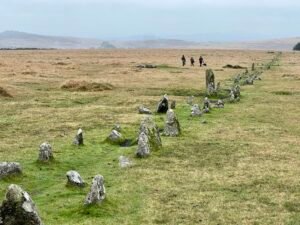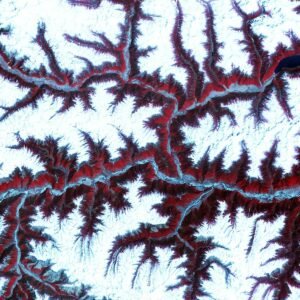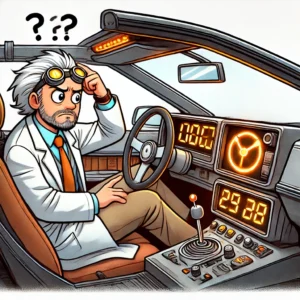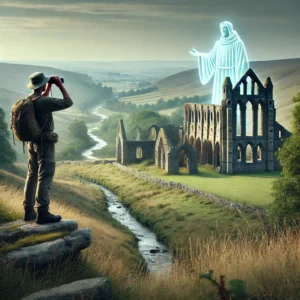Stonehenge has always been enigmatic, due to its use of those definitive morticed trilithons, all of which where squared of, more like the structures of the Maltese temples and other stone structures closer to Africa, as opposed to those of the rest of Britain and most of the wider North-west European ritual landscape.
Category: Hidden Remains
Jun 10
Guide: Hillfort Mounds of Europe
Guide: Common Features of Iron Age Hillforts This article attempts to serve as a guide for many of the features of the hillforts found in Britain, in Read more Guide: Iron-Age minting: Ceramic Pellet-mould trays This article explores the most tangible evidence we possess for indigenous minting north of the Humber: the smashed ceramic “pellet-mould” …
Feb 03
Guide: Magnetometry
Sep 25
Guide – Resistivity
Celtic Heads Celtic Head from Witham, 2nd c B.C. (British Museum) “Celtic” carved heads are found throughout the Read more Timeline 60BC – 138AD This timeline is focussed on the British Celtic culture and those cultures which had influence on the British Celts. It Read more Heads at St Michael, Kirklington An analysis of head …
Sep 25
Guide – Hidden Remains
Identification of features is simplified when the full extent of remains such as earthworks, can be easily seen. However, once the roof has gone, the walls perished or robbed, the interior burnt and the wreck left to perish for hundreds of years, the remainder flattened and used as a field for crops, the job of recognition is made all the more difficult.










